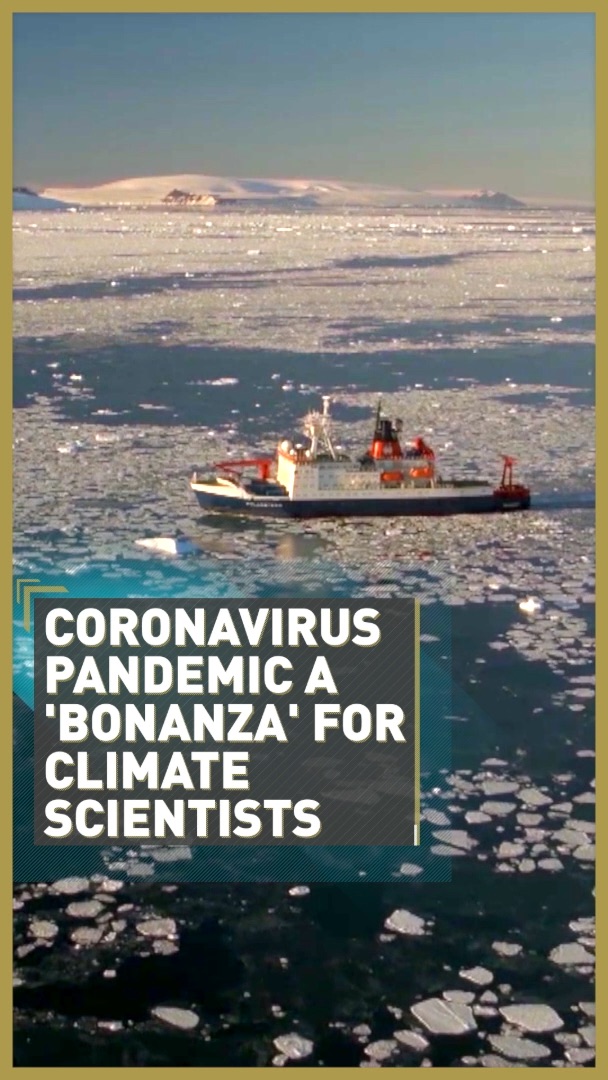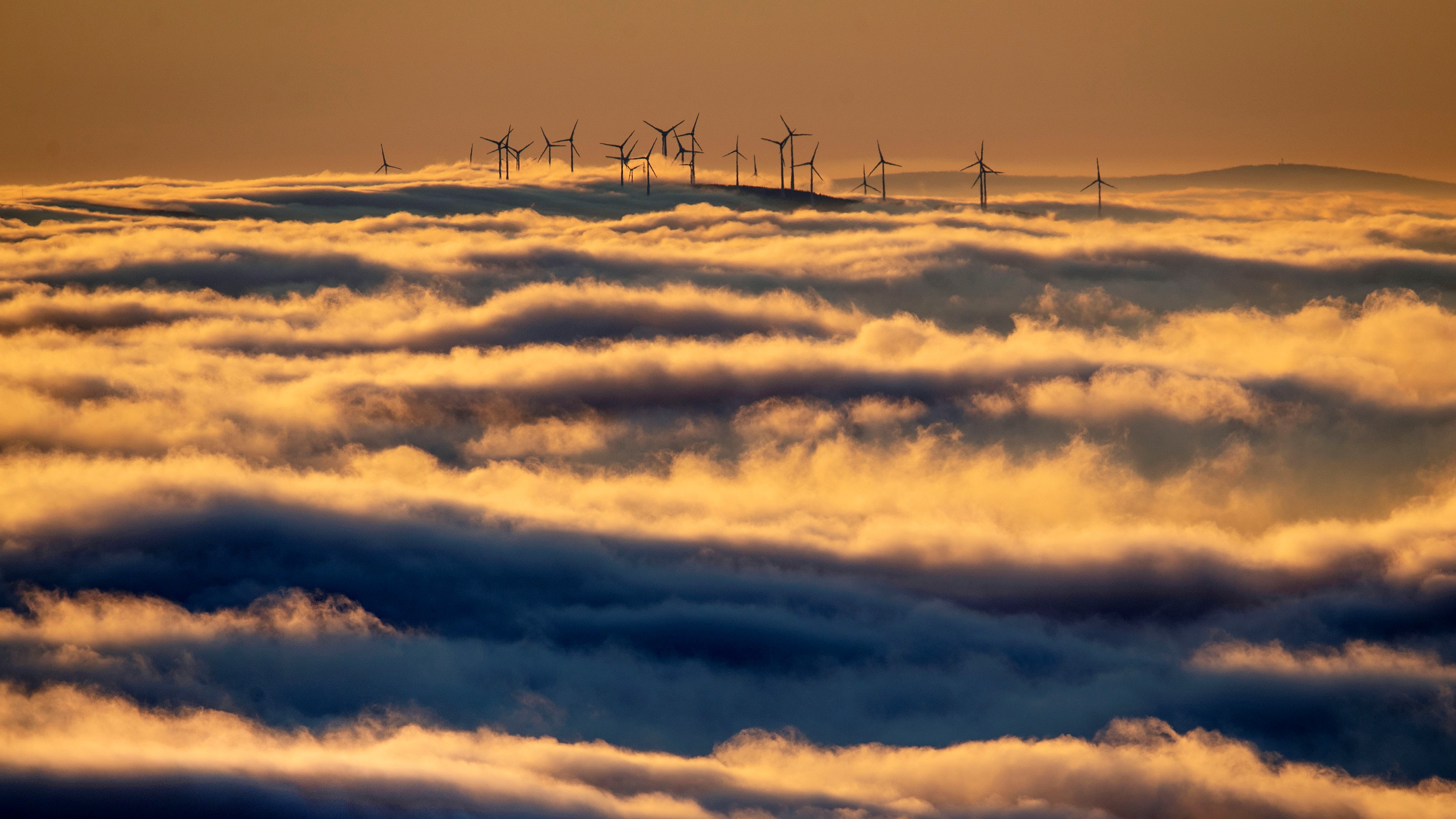03:00

A big part of climate science is trying to predict the future. If the world cuts greenhouse gas emissions by x amount, what impact will that have on the planet? That is ultimately how we work out how much more pollution we can pump into the atmosphere until the point of no return. When the damage becomes irreparable.
The problem with the future, of course, is that it is, by definition, uncertain. That has been reflected in recent climate modeling, which has often underestimated the effects of global warming. It is happening faster than many experts expected, with possibly more extreme results, and in ways we still do not completely understand.
So what if something happened. Something unprecedented in modern history. That brought that uncertain future into a much more certain present. Even if just for a moment. That way, climate scientists could look at that future now – the facts, not the forecasts. And draw far more accurate conclusions about what could happen next.
In some ways, the coronavirus pandemic has done just that.
Malte Meinshausen works at the Potsdam Institute for Climate Impact Research. He developed the latest version of the Model for the Assessment of Greenhouse Gas Induced Climate Change (MAGICC), one of the most widely used climate models in various Assessment Reports by the Intergovernmental Panel on Climate Change (IPCC).
"This is a field day, this is an absolute bonanza, fantastic, you could not dream of a better experiment," says Meinshausen, speaking from his home in Australia, where he is also the founding director of the Climate & Energy College at the University of Melbourne.

The COVID-19 pandemic has been described as a 'bonanza' for experts looking to draw more accurate conclusions about the future of climate change. /AP
The COVID-19 pandemic has been described as a 'bonanza' for experts looking to draw more accurate conclusions about the future of climate change. /AP
It is not so much the drop in carbon dioxide emissions that stokes Meinshausen's excitement. CO2 has been building up in the Earth's atmosphere for centuries and staying there. A few months of lower output will make very little difference to the overall picture. It is approaching dangerous levels beyond which we will have to extract it – via natural or artificial "carbon sinks" such as forests or carbon-capture technology.
No, Meinshausen's fascination is on a reduction in other man-made aerosols, many of which do not last long in the air but actually block the intensity of the sun's rays while they are there. They slow global warming.
So "the short-term effects of lower global emissions is a warming one because of these aerosols that are not in the atmosphere anymore," says Meinshausen.
This also presents scientists with a unique opportunity to study the true impact of CO2 emissions, the main driver of global warming. Because it has always been much more difficult to assess what would happen if those aerosols were not there. They offset global warming, but we do not know to what extent.
"If we know how much the aerosols cool, then we can much better quantify how the Earth is going to warm to CO2 because that aerosol-cooling effect is our biggest uncertainty."
In other words, scientists now have a window to peer into the future. A chance to better understand how long we really have to turn things around.